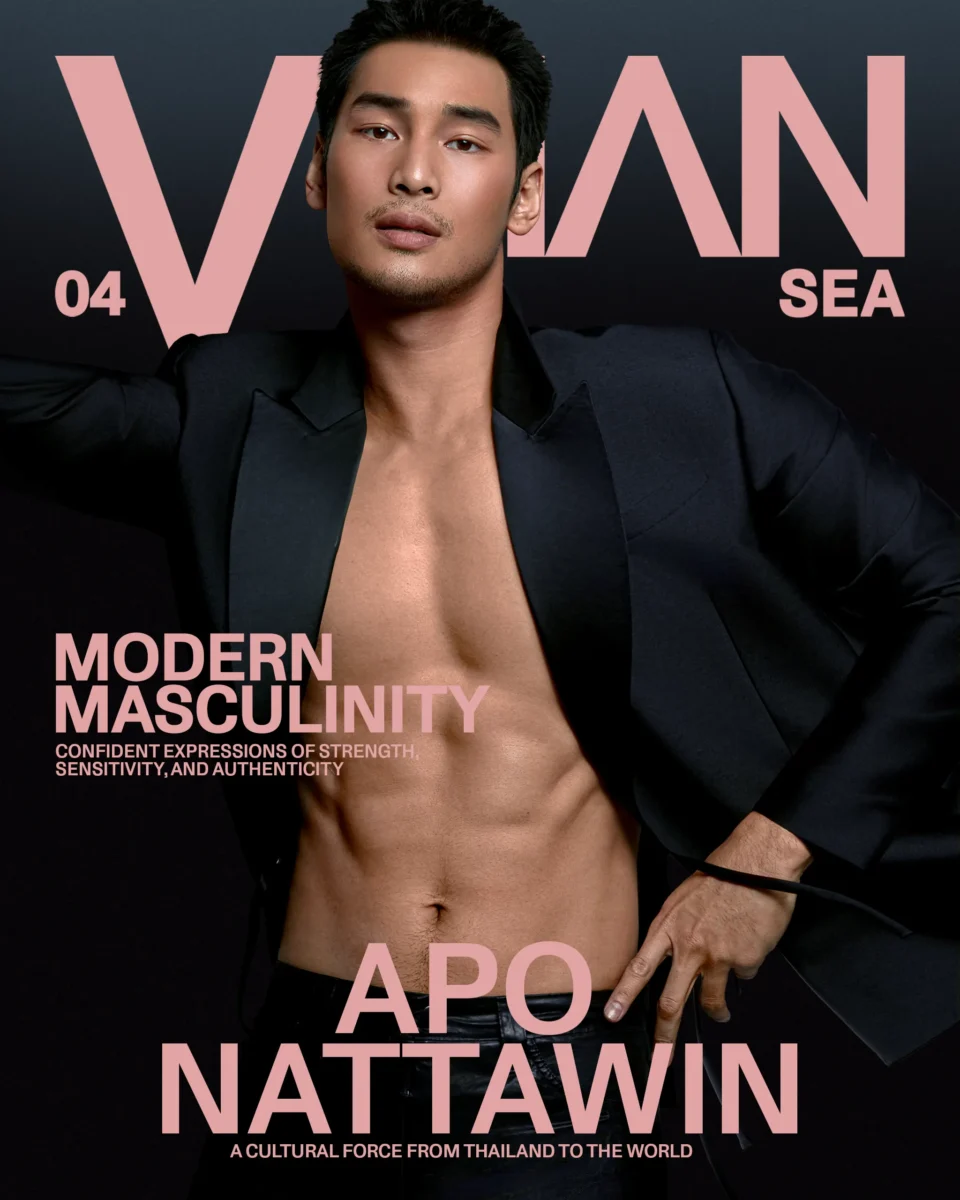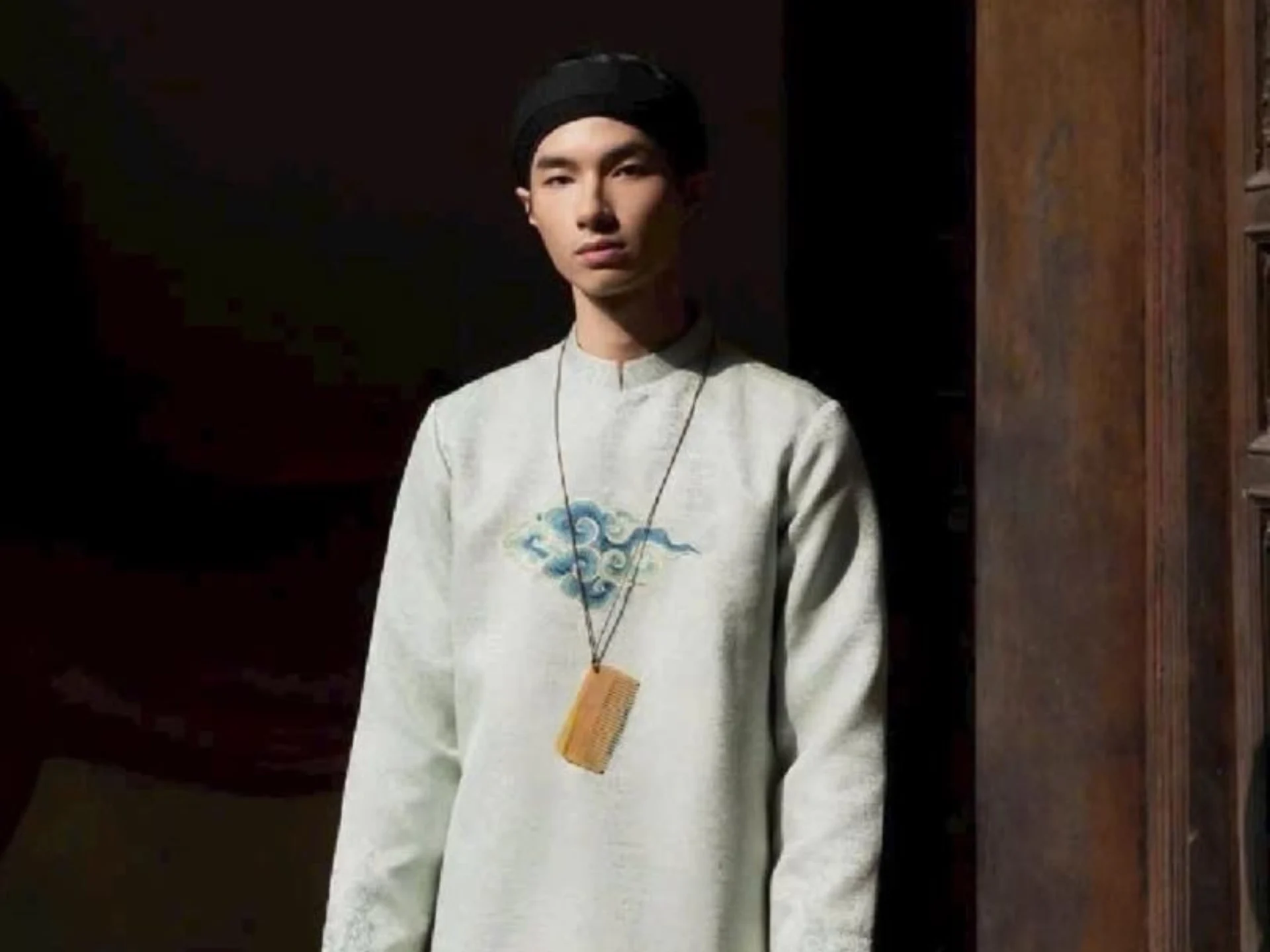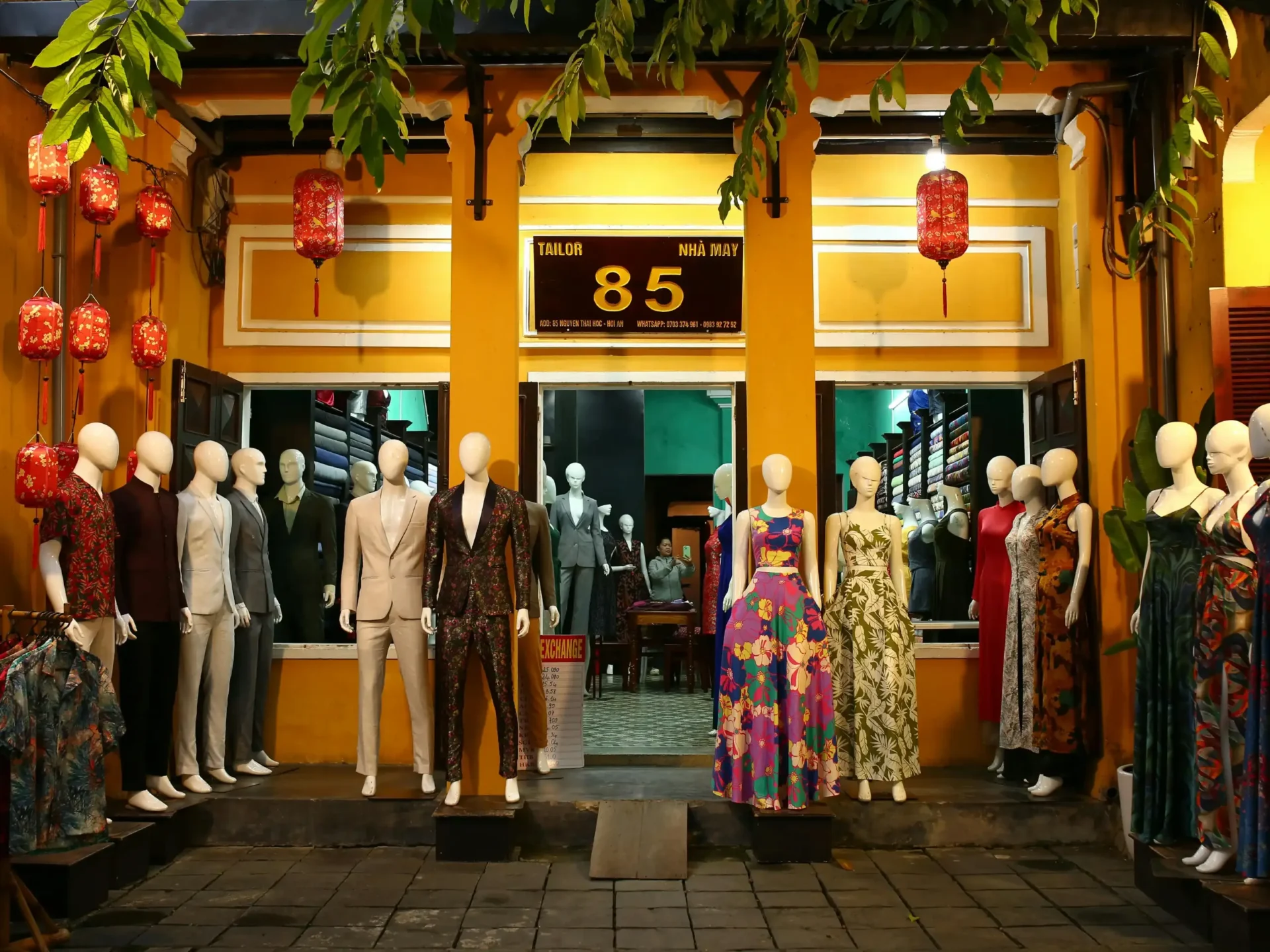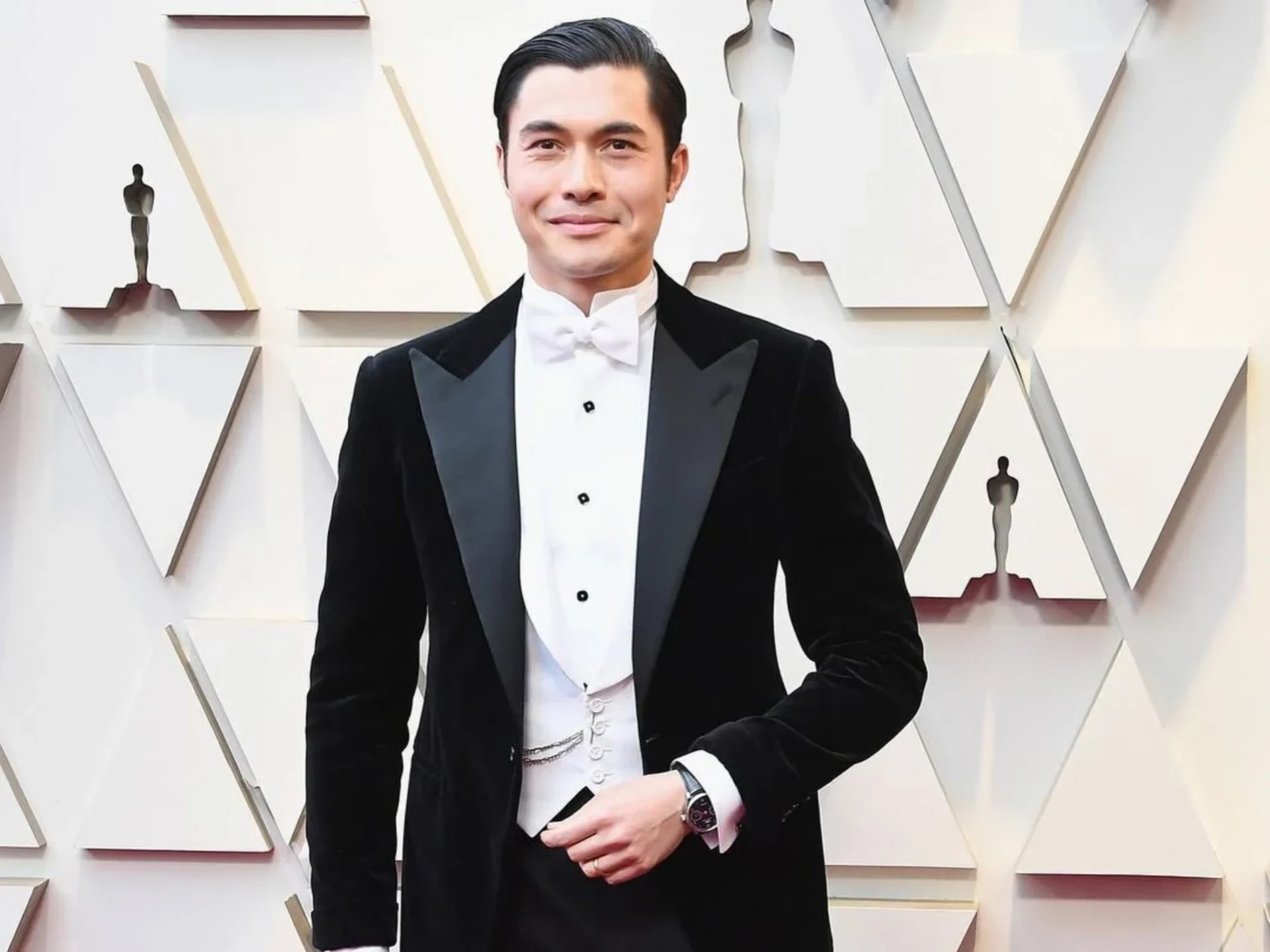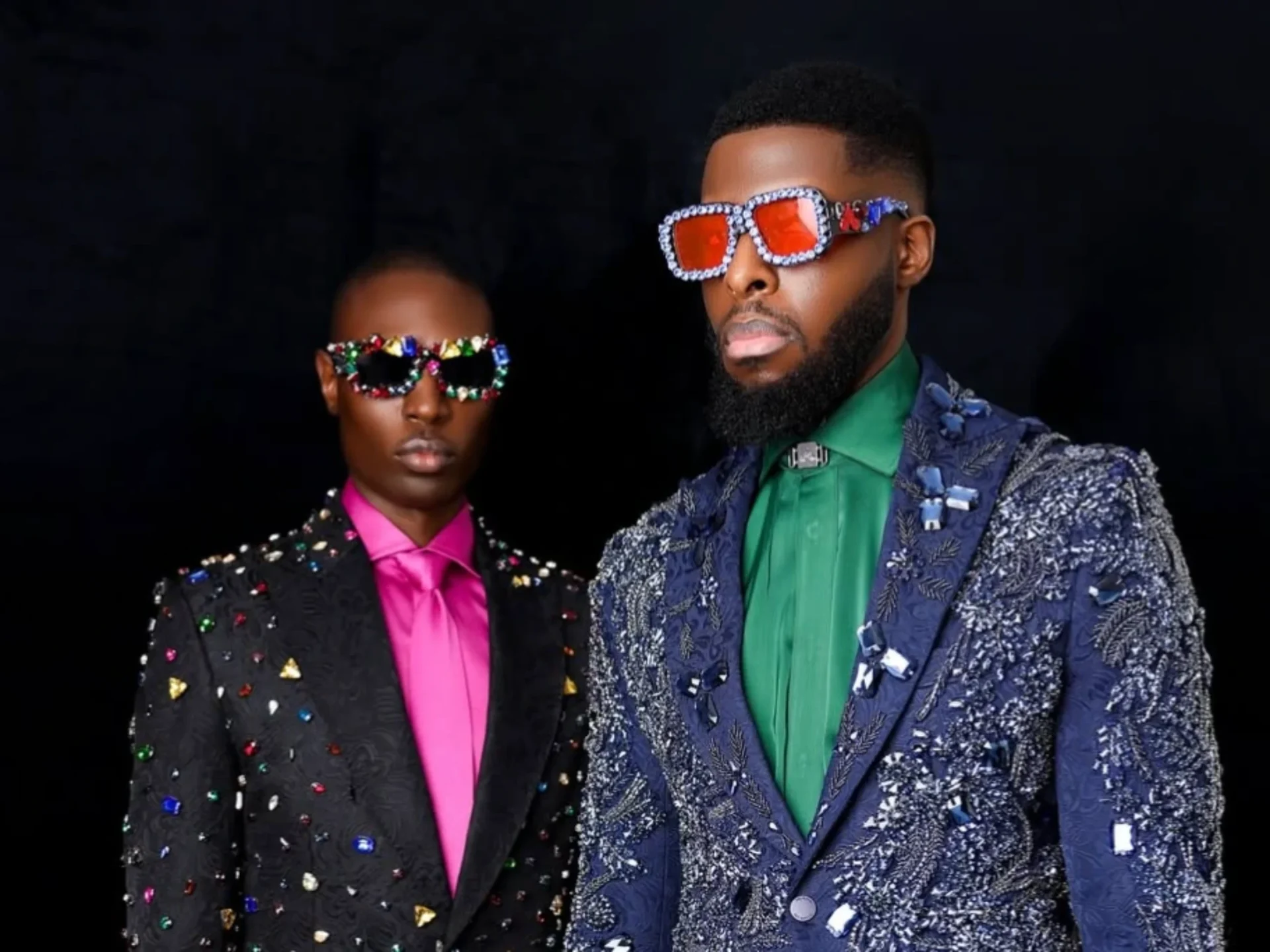The Black Tie Across The Decades
The black tie has evolved across the decades, but it still endures as a marker of formality and style amid aesthetic differences
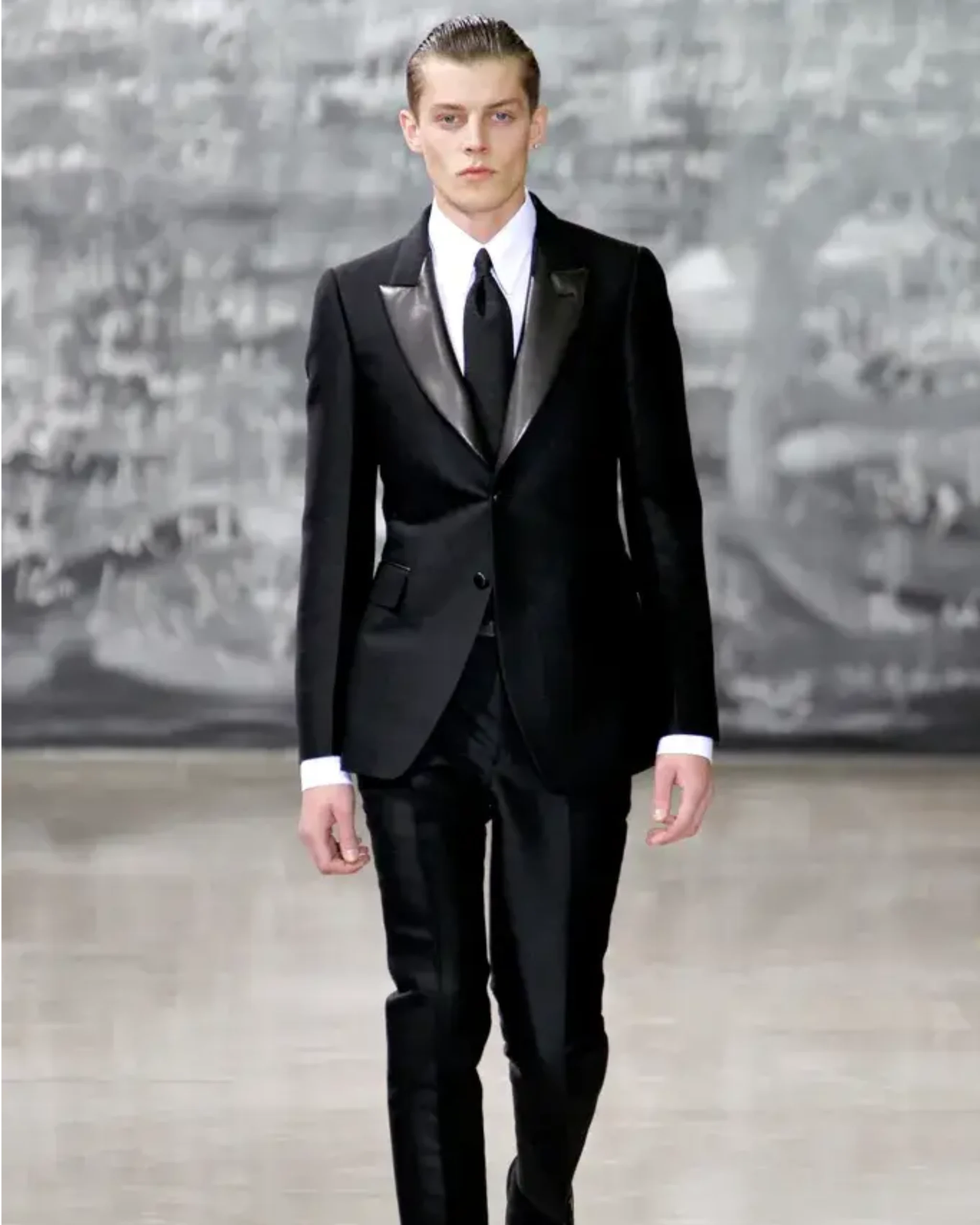
How did the black tie dress code evolve across the decades?
The black tie has long symbolized elegance and formality. Codified in the 19th century as the evening wear standard among British elite, it has since become a staple for state functions, gala dinners, operas, and other upscale events globally.
The decades have seen the evolution and shifts of the code, reflecting the social and cultural trends of the time. Attitudes toward formality, personal expression, and practicality have changed a stitch, lapel width, coat length, and more—but the black tie endures as a nod to tradition while incorporating personal style.
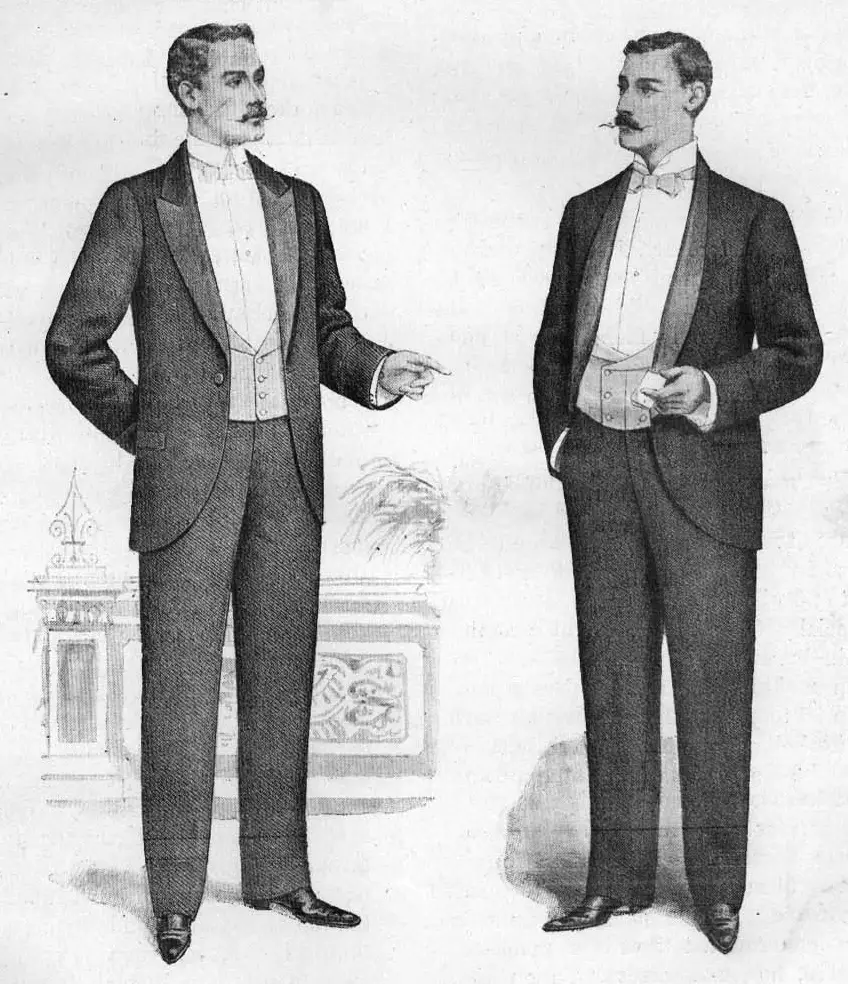
Here’s a quick timeline of changes and tweaks to the dress code over the decades:
1890s–1910s: The Origins
- The black tie emerged as the evening counterpart to the formal tailcoat, primarily in Britain. Think dark dinner jackets with stiff collars, bow ties, and patent leather shoes.
- The period established the basics of black tie, from the silhouette to its expected appeal: modest, elegant, and strictly uniform.
1920s: Jazz Age Refinement
- The roaring twenties ushered in sleeker cuts and lighter fabrics, reflecting the decade’s penchant for nightlife and jazz. The code became associated with glamor, celebrations, and speakeasies.
- Waistcoats and cummerbunds became common, while shawl collars and peaked lapels diversified tuxedo designs..
1930s–1940s: War and Practicality
- Wartime brought in an era of practicality. Though designs became simple, the black tie still remained formal; just a bit more functional. Double-breasted jackets and subtle variations in fabric became ways to diversify the code.
- Despite global catastrophes, the black tie endured as a market of social hierarchy.
1950s: Hollywood and Iconic Elegance.
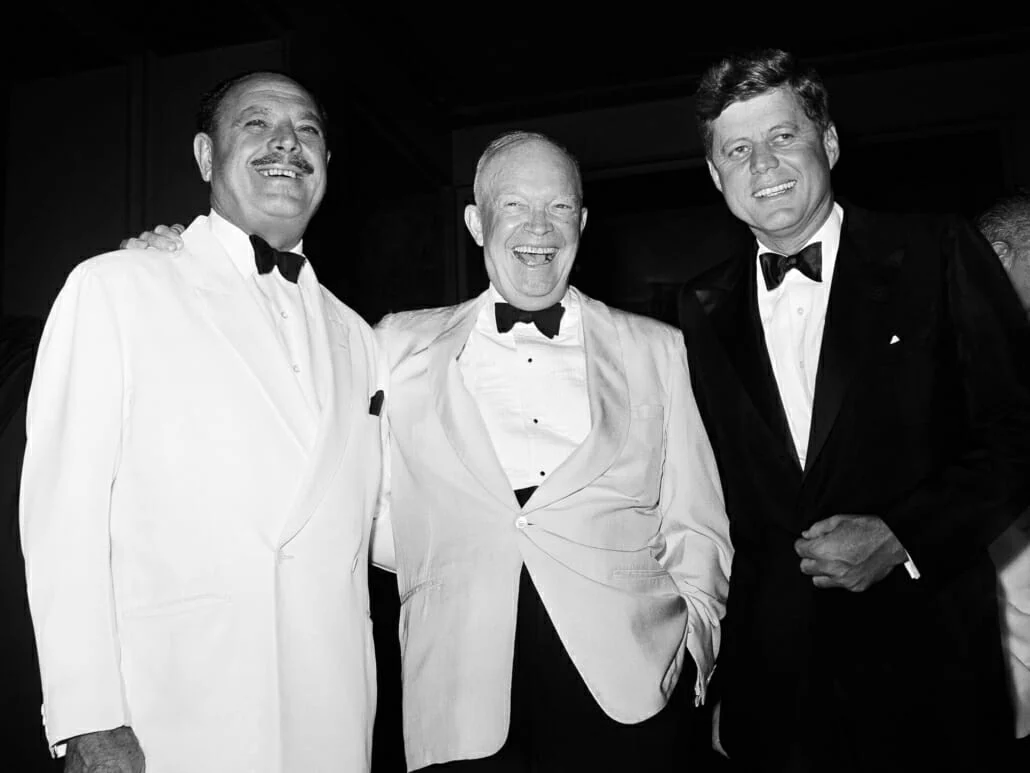
- Thanks to stars like Cary Grant and Frank Sinatra, the tuxedo—a defining garb of the golden age of Hollywood—took over menswear.
- Now in were slimmer fits, satin lapels, and the black bow tie, which became markers of a lifestyle worth aspiring for: red carpets, silver screen fame, and overall luxury.
1960s–1970s: Experimentation and Cultural Shifts

- Social movements—driven by youth and alternative culture—challenged rigid formality. Velvet jackets, patterned bowties, and bold accessories came to the fore.
- Several functions also allowed ‘black tie optional’ codes, which ushered in flexibility in formality.
1980s: Power Dressing and Expansion
- Bold colors and wide lapels defined the tuxedos of the era, with satin trims and contrasting textures emphasizing individuality and personal expression.
- Meanwhile, corporate events and business galas embraced the black tie as a symbol of prestige.
1990s: Minimalism and Tailored Comfort
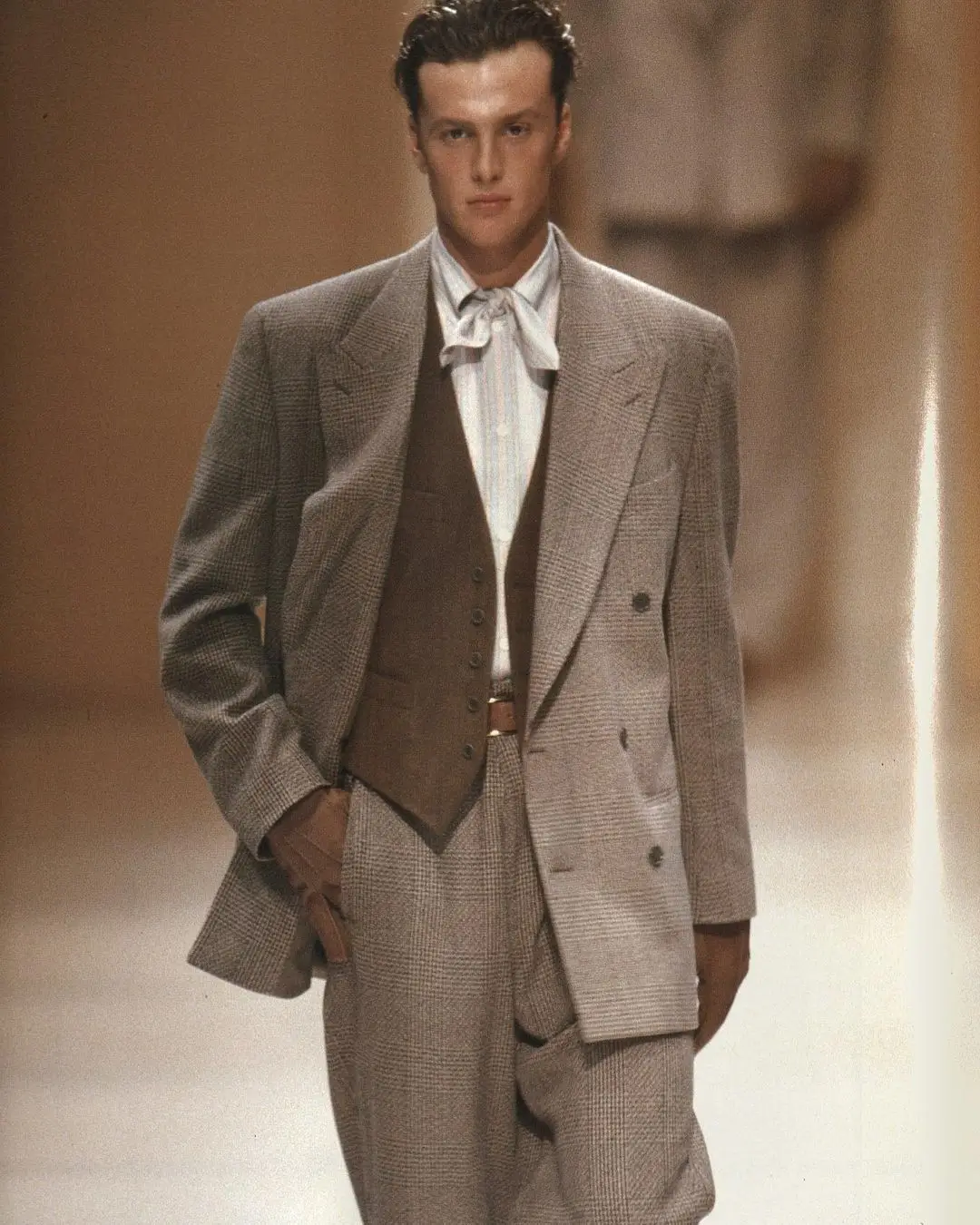
- Sleeker, lighter, simpler—from cuts to fabrics and accessories, the ‘90s were a return to clean lines and understated elegance.
- However, the black tie began accommodating subtle variations in details like the lapel width and trouser cuts.
2000s: Global Influence and Local Adaptation
- Alternative colors like midnight blue and deep burgundy, and new materials and slimmer fits became more popular.
- The dress code became more inclusive, blending traditional formality with modern tastes.
2010s–Present: Flexibility and Cultural Fusion

- Today’s black tie embraces personalization: patterned jackets, bespoke tailoring, and local garments that meet formal standards.
- Black tie optional, black tie creative, and cultural black tie concepts emerged, especially at diplomatic events.
- The code now balances respect for tradition with self-expression, sustainability, and cultural relevance.

